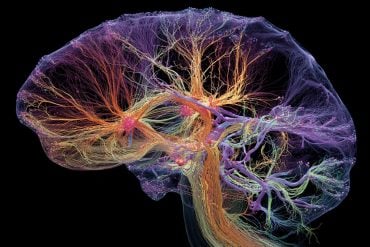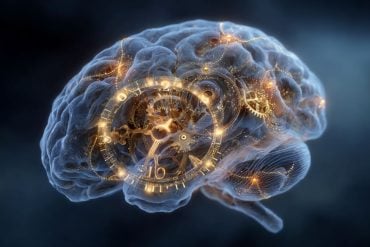Summary: A pioneering AI system successfully identifies violations of social norms. Utilizing GPT-3, zero-shot text classification, and automatic rule discovery, the system categorizes social emotions into ten main types. It analyzes written situations and accurately determines if they are positive or negative based on these categories.
This initial study offers promising evidence that the approach can be expanded to encompass more social norms.
Key Facts:
- The AI system uses ten categories of social emotions to identify violations of social norms.
- The system has been tested on two large datasets of short texts, validating its models.
- This preliminary work, funded by DARPA, is seen as a significant step in improving cross-cultural language understanding and situational awareness.
Source: Ben-Gurion University of the Negev
A researcher at Ben-Gurion University of the Negev has designed an AI system that identifies social norm violations.
The DARPA-funded project is one of the first to tackle the automatic identification of social norm violations. While many social norms exist worldwide, social norm violation boils down to only a few general categories.

Prof. Yair Neuman and his engineer Yochai Cohen built the system using GPT-3, zero-shot text classification, and automatic rule discovery. The system used a binary of ten social emotions as categories.
DARPA commissioned The Computational Cultural Understanding (CCU) program to create cross-cultural language understanding technologies to improve a Department of Defense operator’s situational awareness and interactional effectiveness. Cross-cultural miscommunication not only derails negotiations, but also can be a contributing factor leading to war, according to DARPA’s explanation of the rationale for the program.
Their findings were published recently in the prestigious journal Scientific Reports.
Prof. Neuman and his engineer trained the system to identify ten social emotions: competence, politeness, trust, discipline, caring, agreeableness, success, conformity, decency, and loyalty. The system successfully characterized a written situation under one of these ten classifiers and could perceive if it was positive or negative.
The system was tested on two massive datasets of short texts and empirically proved the validity of the models.
“This is a preliminary work, but it provides strong evidence that our approach is correct and can be scaled up to include more social norms,” says Prof. Yair Neuman.
Prof. Neuman is head of The Functor Lab in the Department of Cognitive and Brain Sciences at BGU.
About this artificial intelligence research news
Author: Ehud Zion Waldoks
Source: Ben-Gurion University of the Negev
Contact: Ehud Zion Waldoks – Ben-Gurion University of the Negev
Image: The image is credited to Neuroscience News
Original Research: Open access.
“AI for identifying social norm violation” by Yair Neuman et al. Scientific Reports
Abstract
AI for identifying social norm violation
Identifying social norms and their violation is a challenge facing several projects in computational science. This paper presents a novel approach to identifying social norm violations.
We used GPT-3, zero-shot classification, and automatic rule discovery to develop simple predictive models grounded in psychological knowledge.
Tested on two massive datasets, the models present significant predictive performance and show that even complex social situations can be functionally analyzed through modern computational tools.







